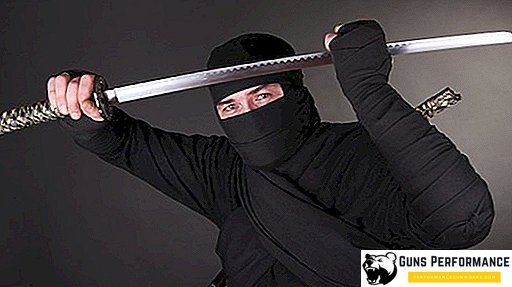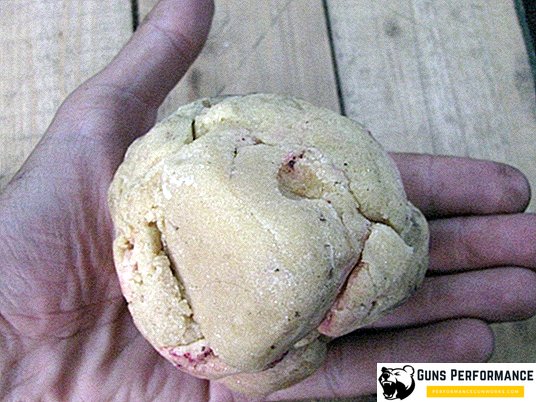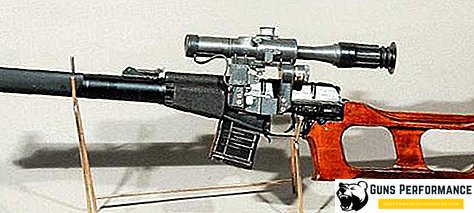
Sharpening knives - an inevitable process for any person. Despite the routine of this procedure, many not only do not know how to properly sharpen a knife, but also pass on their "experience" to friends and acquaintances. There is an opinion that the correct sharpening of knives is relevant only for blades of expensive steel, and a simple kitchen knife can be sharpened with a simple household sharpener for 200-300 rubles. In fact, any knife can be sharpened to razor sharpness, just on a knife with bad steel, such sharpening will last no more than five minutes.
Manual sharpening of knives - the procedure is quite long, which includes the use of natural abrasive stones and diamond bars. In order for the knife to shave the hair on the arm, it is imperative to “finish” it on the skin, using GOI paste of various numbers.
The choice of grinding stones for sharpening
Grinding bars for manual sharpening of knives can be divided into four large groups, depending on the material used in their manufacture:
- Ceramic grinding bars;
- Diamond stones;
- Natural stones of natural origin;
- Japanese water stones.
Bricks for sharpening ceramic knives are the most affordable way to sharpen your kitchen knives. It is ceramic bars filled shelves of hardware stores and markets. They are of several types. The most common is the boat bar. As a rule, it is very rough and is suitable only for rough sharpening or for changing the angles of sharpening a knife. Often there are bars from Poland with two sides, with a rough and smooth surface. This is the best budget choice. If the bar is erased, do not throw it away and replace it with a new one.
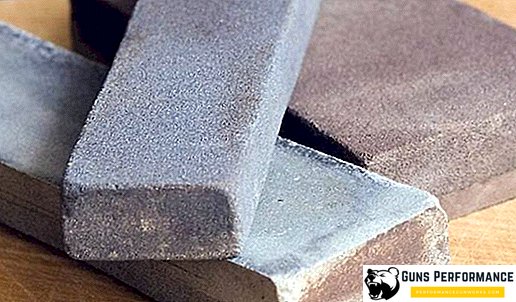
Diamond bars are rarely used for professional knife sharpening. The very process of sharpening when using diamond bars is more complex, and the cutting edge quickly becomes dull. Diamonds often leave deep scratches on the cutting edge and “eat up” too much metal when sharpening.
Natural stones for sharpening knives and Japanese water stones are the best bars for sharpening knives. The big disadvantage is their high price, often you have to order them from abroad.
Tips for choosing a sharpening bar
The first criterion on which to focus when choosing is the size of the bar. Its length should be 1.5-2 times the length of the knife blade. The surface of the bar for sharpening knives with their own hands should be smooth, without chips and cracks. If the stone is damaged, it is better to abandon the purchase.
For sharpening kitchen knives suitable ceramic double-sided bar, or several bars of different grain sizes, made in the USSR. No matter how they scolded the Soviet industry, the grinding stones in the USSR were made strictly according to GOST. Unfortunately, now such bars can be found only at flea markets.
If your task involves not just sharpening kitchen knives, but you want to sharpen hunting or tourist knives to the state of a razor, then get the GOI paste for finishing polishing of the cutting edge.
Choice of granularity of a grinding bar
Grinding stones can be divided into three categories:
- Coarse grit;
- Medium grain;
- Small grit.
Not everyone knows that, in addition, they are divided like sandpaper by the number of abrasive grains per unit of area. Bars begin with marking 100 and end at about 15,000.
Usually when sharpening use bars of 600-800 units. Marking bars 1500-2000 are used for polishing the edges. Bars more than 2000 are used only by professionals and are rarely available.
Step by step instructions for sharpening a knife
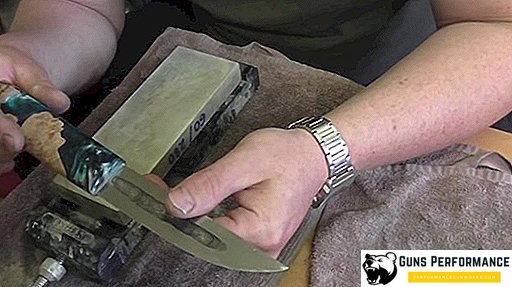
Before you start sharpening a knife, you need to understand a few rules for yourself:
- The angle of sharpening the knife must be strictly maintained;
- Do not press hard on the knife when sharpening, it will not sharpen faster, but the grinding stone can be damaged;
- Sharpening bars should be washed with water to remove metal dust.
If you try to sharpen the knife for the first time, you should not train on expensive models, take a simple kitchen knife and bring it to the razor sharpness.
- The first step is to wash the bar with water and soapy water or dishwashing detergent;
- The second stage is the preparation of the workplace. To do this, put a straight board on the table, on which the grindstone is installed. The position of the bar everyone chooses according to their sensations of convenience;
- Before starting sharpening, you need to choose at what angle you want to sharpen the blade. It should be remembered that for fine work the angle of grinding should be about 20 degrees. For a versatile knife suitable and 30-40 degrees. The choice of sharpening angle depends on the quality of steel on the blade of the knife. Better steel can keep a long sharpening. Sharpening cheap kitchen knives at a small angle is impractical;
- The essence of setting the correct angle of the blade is that the cutting edge is perpendicular to the movement of the knife along the grinding bar. If the angle of the knife before sharpening suits you, it is not difficult to sustain it, the cutting edge is simply pressed against the bar with its entire surface. To change the angle of sharpening it is better to use special tools to keep the angle of sharpening. They can be purchased at specialty knife stores or by yourself;
- Having fixed the blade at the right angle, we begin to slide the blade along the bar from ourselves. The blade sharpens until the appearance of a "burr" along the entire length of the cutting edge. When it appears, you can go to sharpen the other side of the knife. The dust appearing during sharpening should be periodically washed away under a stream of water;
- After sharpening on a rough abrasive, you can proceed to fine-tuning on a smaller stone. The procedure for such refinement is no different from sharpening on a rough grindstone. If you have several stones with finer grain, continue sharpening, changing from smaller to larger;
- For a kitchen knife, such a sharpening will be enough; it will thinly cut the tomato and paper. If you want to achieve razor sharpening of the blade, you should sand RK (cutting edge) on the skin with GOI paste;
Bringing the cutting edge to razor sharpness
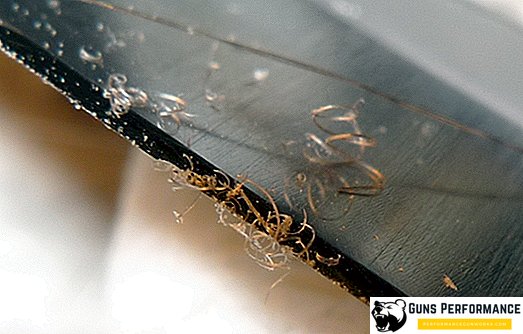
For "fine-tuning of the Republic of Kazakhstan, a special polishing paste GOI, developed during the time of the USSR existence by the State Optical Institute, is used. The paste is spread on a piece of leather that is desirable to attach to a wooden bar, the size of a standard grinding stone. The peculiarity of polishing on GOI paste is that the knife blade need to grind movements to themselves.
Sharpening Japanese knives
Sharpening Japanese knives is a special pattern, since the blades of Japanese knives have a different geometry and one-sided sharpening. This geometry leads to the fact that the products do not stick to the blade of the knife.
Japanese blades are sharpened with the same abrasives as other types of knives, only they are sharpened on the one hand, until the burr appears. When it appears, the blade turns over to the other side, and the burr is removed with several movements. After this, the grindstone is replaced with a smaller grain, and the procedure is repeated.
Household manual knife sharpeners
There are many small kitchen sharpeners, the manufacturer of which assures that they can perfectly sharpen the knife in one minute. In fact, these sharpeners can be recommended only to someone who wants to get rid of the knife in a short time. These sharpeners "eat up" a large amount of metal, and soon the knife becomes thin and unsuitable for further use.
There are excellent tools for sharpening knives, which not only can sharpen your knife to the sharpness of the razor, but also make it easy to withstand or even change the angle of sharpening the blade. These are systems like Edge Pro Apex or Lanski. Knife sharpening machine is quite expensive, about 6,000 rubles.
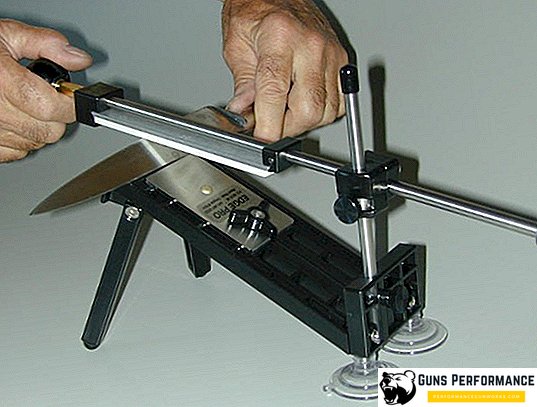
There are also analogues of the Chinese company Ganzo, which are two times cheaper. The machine for sharpening knives of this manufacturer has proven itself quite well.
Typical mistakes when sharpening knives
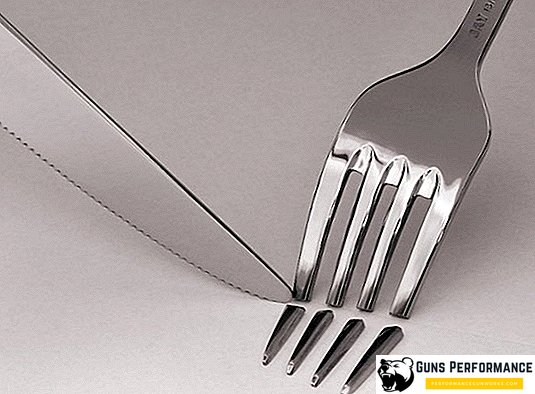
People who are not experts in the field of sharpening knives often make gross mistakes in this process:
- Having bought one first bar, they believe that this is enough for a full sharpening. In fact, the set for sharpening knives should at least include several bars of different grain sizes;
- Knife undercuts During sharpening, many small burrs form on the cutting edge of the knife, which may create the feeling that the knife is sharp. Such burrs quickly break off in the process of working with a knife, and it has to be re-sharpened. In order to avoid such a situation, you need to carefully inspect the RK in the process of sharpening;
- Some start sharpening, even without cleaning the knife from dirt and grease, seeing how professional chefs rule their knives with mussat in the process of cooking. It is necessary to remember that the mussat is intended only for straightening the cutting edge, it does not sharpen the blade of the knife;
- It is not necessary to strongly press the knife to the bar during sharpening, this will only spoil the whetstone;
- Wrong sharpening angle. It must be remembered that a too large sharpening angle will not allow your knife to finely cut food, and with a small sharpening angle, the blade will quickly “sit down” on hard products.
When sharpening, just follow these simple rules, and you will succeed.
Device for sharpening knives do it yourself
If someone is not satisfied with the high price of a company device for sharpening knives, then you can do the installation with your own hands. The advantage of self-production is that you can make a set for sharpening knives, taking into account your wishes, by changing the design in any direction.
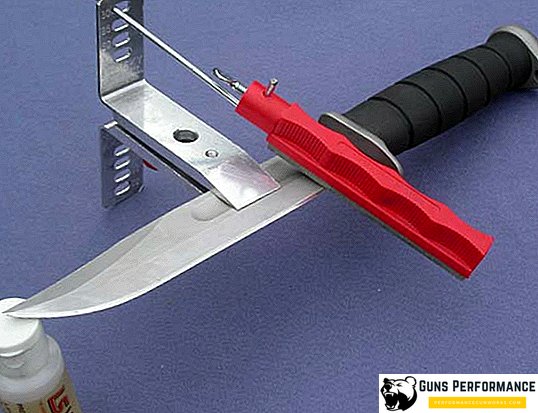
To begin work on the manufacture you need to find a suitable drawing on the Internet. Usually homemade sharpeners are of two types:
- Simple sharpener type Lanski;
- Homemade sharpener, like the model from the Edge Pro Apex.
What model to copy, you decide, just remember that the first version is simpler to manufacture, but less convenient to use. It is technically more difficult to make a set for sharpening knives of the second type, but it is much more convenient to work on it. We will look at how to make a simpler version in more detail.
Making sharpeners like Lanski
For the manufacture of Lanski type sharpeners, you will need grinding stones of different grit, a piece of thick Plexiglas, from which we cut out stone holders, an aluminum corner, a thin steel bar and an aluminum profile.
To begin with, cut out plexiglass blanks for sticking abrasive stones. They should be a little longer than the grinding bars, since there are still holes to be drilled in them in order to insert a bar there. A pre-bent bar is inserted into the drilled holes and secured with a fixing bolt.
From the aluminum profile and the corner you need to cut a few blanks, then to make from them a clamping system for a knife. In the upper part of the assembled structure do not forget to drill several holes for different sharpening angles, by analogy with the Lanski system.
Do not forget about the manufacture of the rack to secure the entire structure in a fixed position. You can do without it, but it will create great inconvenience in the work.
Set for sharpening knives in field conditions
Naturally, the campaign will not be able to take with them a complete set for sharpening knives, but it is advisable to put a double-sided stone and a bar with a stretched skin into a backpack. Let the steel on your knife has outstanding characteristics, no one is insured against the dents and depins of the cutting edge. Sharpening a knife or a powder steel knife will be problematic, so take a small carbon steel knife just in case, it won't take up much space, but it will help you out if the main knife fails. Carbon steel has a very aggressive cut and is easily sharpened on a simple grindstone in a couple of minutes. At the same time, such knives hold sharpening fairly well. The only negative is the insufficient corrosion resistance of such steel.
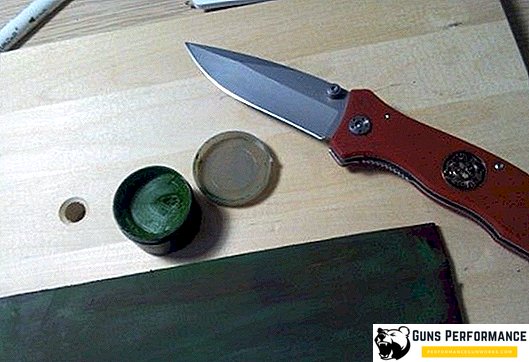
Properly sharpen the knife is easy, just follow the advice of professionals and have the necessary set of grinding accessories. The composition of this set, everyone can choose for himself, given his vision of the sharpness of the knife.






